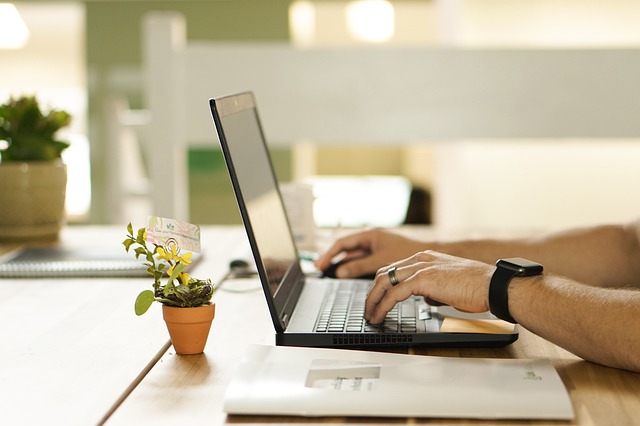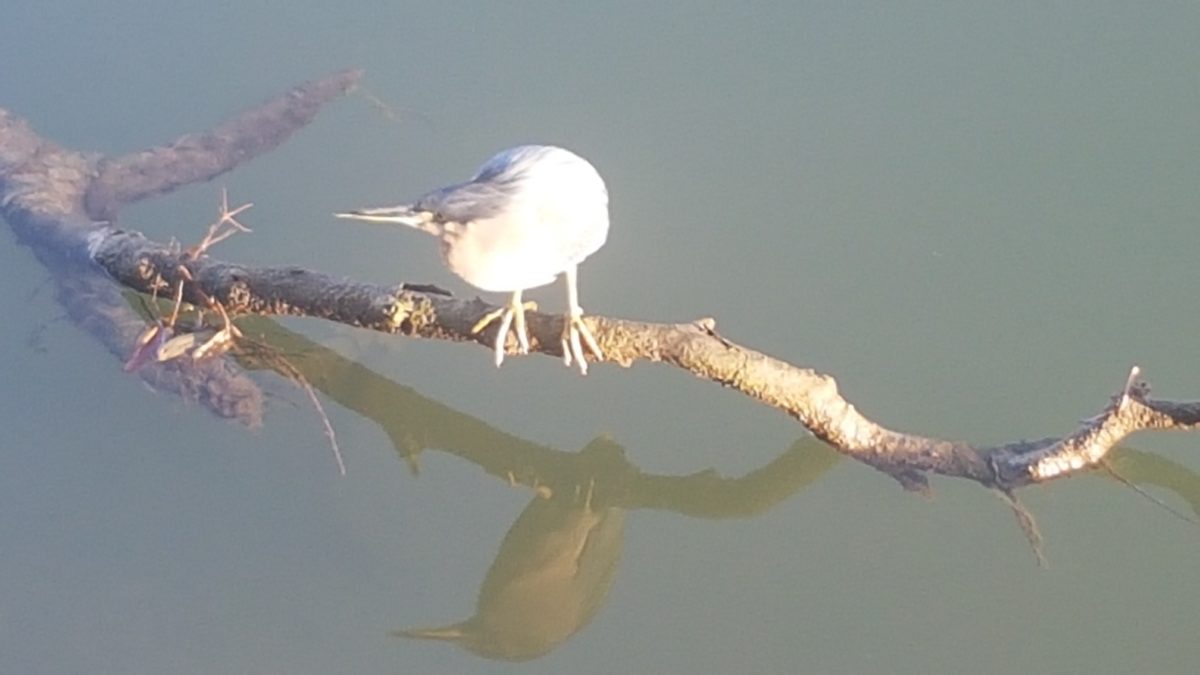Sohini Trehan writes about the transformative powers of a particular form of meditation – Bija Mantra. This form of meditation uses specific sounds or mantras aligned to the seven chakras of the body. Sohini suggests that the literal meaning of “mantra” is “to liberate one’s mind” and mantra meditations serve to “create transformation”. She states that the emerging research in psychoacoustics reinforces the “vibrational energy” of sound and its healing power for mind, body and emotions.
In a previous post, we discussed the experience of Tina Malia and her emergence from her “dark night of the soul” through the transformative power of Japa – in her case, the combination of the Ram mantra with the use of beads. Tina spoke of her transformation from a total loss of meaning to a deep well of energy and creativity. Some experts believe that the depth of depression experienced in the dark night of the soul is what is necessary to achieve a truly deep transformation.
This transformation occurs because the depth of depression derives from the fact that we become detached from our meaning anchors – all our constructs about meaning break down so that things like material success, being seen to be competent or creative or becoming famous or popular, cease to have meaning anymore. As a result, we have to search inside ourselves for something deeper and more meaningful – a true purpose to our lives. This purpose does not have to be ground-breaking or earthshattering – it has to be aligned to our specific life experience and our real gifts and contribute to something greater than ourselves.
Meditation brings true peace and transforms suffering
In an interview with Oprah, Thich Nhat Hahn maintained that meditation brings true peace, even in the midst of the turbulent waves of life. He also stated that meditation develops compassion which, in turn, “transforms suffering in you and the other person”. He suggested that what is needed is deep listening for understanding, what he calls “compassionate listening” – listening without judgment. By being fully present to the other person, we can enable them to release their pain and suffering. In the process, we come to understand their perspective and deepen our understanding of our own perspective.
Mindfulness meditation dramatically increases our response ability so that we are not overcome by difficult emotions, chained by resentment or captured by envy. Meditation transforms reactivity into a positive way to respond – overcoming our habituated way of reacting and developing our power and energy. Likewise, as Rick Hanson argues, meditation can transform fear into resilience.
Reflection
It is so easy to undervalue the transformative power of meditation because we often adopt a piecemeal approach to developing the habit of meditation. The real transformative benefits of meditation are experienced when it is practiced daily over an extended period. This requires discipline and a sound appreciation of the power of meditation to transform our lives, our happiness and our energy. As we grow in mindfulness through meditation (especially mantra meditation) and mindfulness practices throughout our day, we will experience the pervasive effect of meditation on our lives. As Oprah commented to Thich Nhat Hahn, other people will feel calm just by being in our presence.
_______________________________________
Image by Jackson David from Pixabay
By Ron Passfield – Copyright (Creative Commons license, Attribution–Non Commercial–No Derivatives)
Disclosure: If you purchase a product through this site, I may earn a commission which will help to pay for the site, the associated Meetup group and the resources to support the blog.









